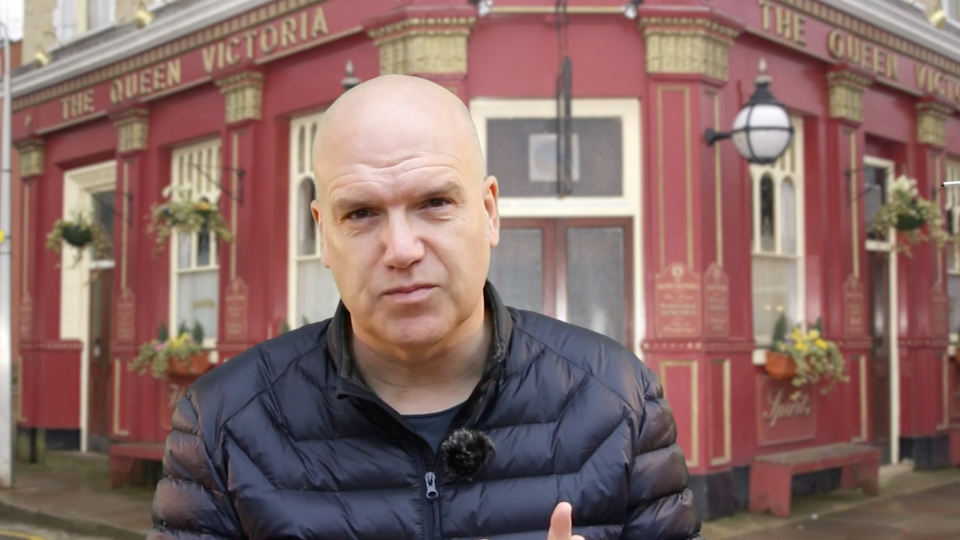Stephen Graham is one of those actors whose depth and sincerity transform stories into unforgettable experiences. In a recent interview, Graham opened up about the creation of the remarkable series Adolescence, revealing how an instant of inspiration set the entire project in motion.
It began in a car with his friend, director Phil Barantini. Initially approached by Brad Pitt’s company with a challenging concept—eight one-hour, single-take episodes centred around a single character—Graham instinctively rejected the idea, thinking, “That would be boring.” However, inspiration struck him unexpectedly. “I know what it is,” Graham suddenly announced to Barantini, outlining the core story right there in the car, a tale about a young boy that unfolded fully formed in his mind. “I had the outline for all four episodes in that split second.” Barantini’s immediate reaction—"That sounds brilliant!”—was the first confirmation that Graham was onto something special.
Graham brought acclaimed writer Jack Thorne into the project, describing the process as a kind of creative alchemy: “I brought the body parts, Jack injected the spirit, and collectively we all brought the soul to the piece.” Each episode of Adolescence became an extraordinary feat, shot entirely in single continuous takes, a method Graham credits with energising the storytelling. “It gives you freedom. The camera is always in perpetual motion, moving the story forward and constantly introducing new characters and dynamics,” he explains.
Working with Thorne was collaborative and flexible. For instance, Graham wanted the pivotal third episode—centred around a child psychologist’s interaction with a troubled teenager—to unfold as if it were their fifth or sixth session, giving audiences a richer, deeper experience. He challenged Thorne: “Write me your version of a David Mamet play,” and Thorne embraced it fully.
Preparation was intense but rewarding. Actors rehearsed extensively, dissecting every detail and motive, making the dialogue genuinely their own. Graham recalls encouraging younger cast members, like the talented Owen Cooper, to bring their personal authenticity to the roles. The filming itself was choreographed meticulously by Director of Photography Matt Lewis and his team. Graham likened rehearsals to "playing a gentle game of tennis," emphasising a spirit of experimentation and freedom.
Remarkably, each episode was shot multiple times, providing unique takes with no traditional editing involved. Graham recounts the astonishing technical complexity—cameras passed seamlessly between operators, even integrating drones in certain episodes. Yet, despite the challenges, he cherished the freshness each take brought. “Every take is completely different, always new,” he says with evident pride.
On casting, Graham deliberately chose to play Eddie, the father figure in the story, despite Thorne initially envisioning him as a police officer. Graham felt deeply drawn to portray an everyman character, a good father struggling against circumstance. His goal was clear: foster empathy, avoid easy judgments and encourage a deeper reflection on how society shapes young lives.
Graham is keenly aware of the responsibility and influence of storytelling. “We don’t have the answers,” he admits candidly. “But if we can create conversation, we’ve succeeded.” Reflecting thoughtfully, Graham acknowledges the serendipitous nature of creativity: “Sometimes, ideas come from something beyond ourselves—I was just the vessel.” Through Adolescence, Stephen Graham has done precisely what great art intends to do—spark meaningful conversations, challenge perceptions, and inspire deeper understanding.



